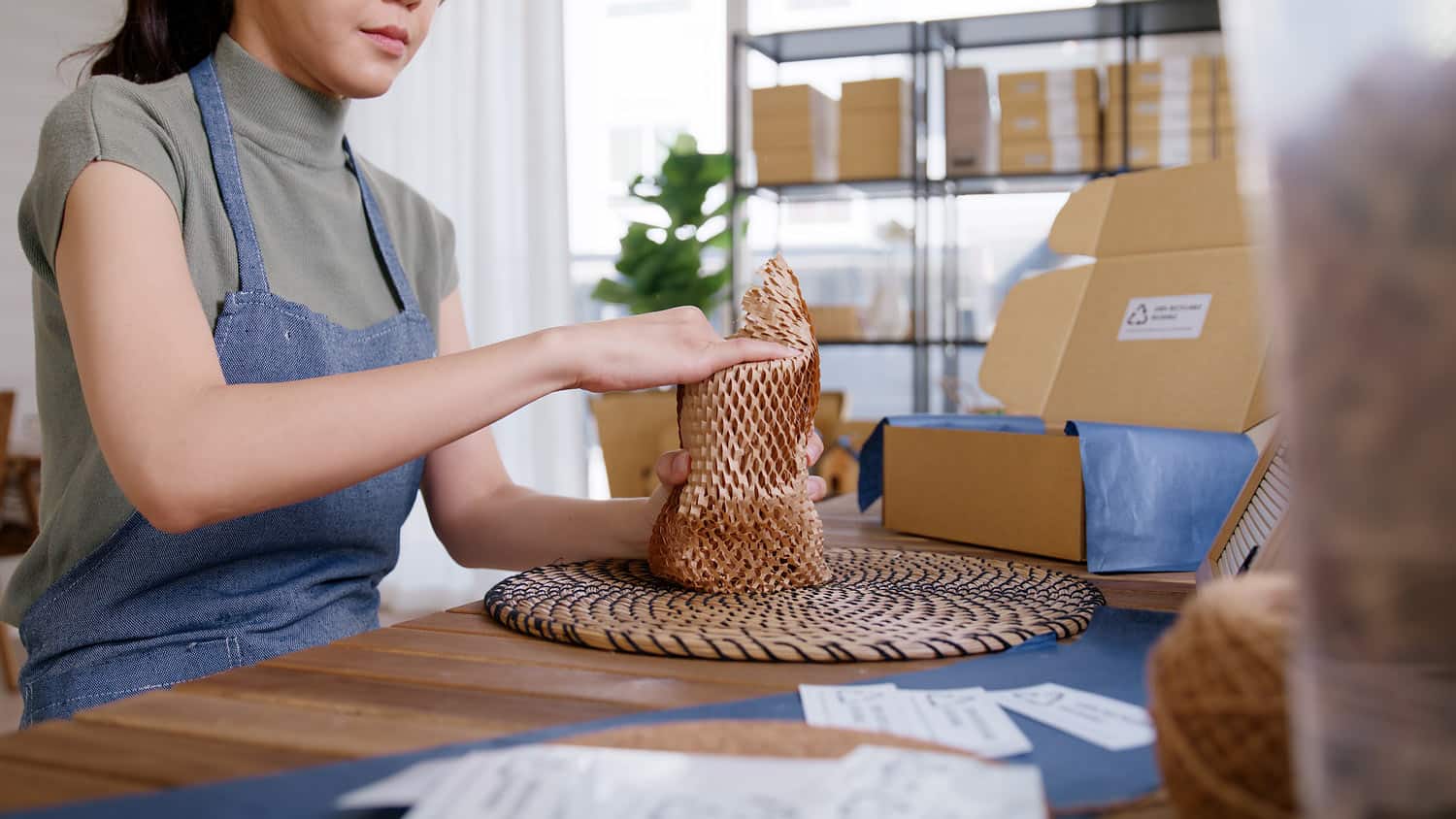The Proper Use of Bubble Wrap for Maximum Protection
Bubble wrap is one of the most widely used packaging materials in the world, providing excellent protection for fragile items during shipping and storage. Whether you are moving to a new home, shipping delicate products, or storing valuable goods, understanding how to use bubble wrap properly can save you time, money, and frustration. In this guide, we will cover the best practices for using bubble wrap, its benefits, common mistakes, and why it remains the go-to packaging solution for businesses and individuals alike.
Understanding the Structure and Benefits of Bubble Wrap
Bubble wrap consists of two layers of plastic with trapped air bubbles in between. These air pockets act as a cushion, absorbing shocks and impacts that could otherwise damage delicate objects. The main benefits of using bubble wrap include:
The Proper Use of Bubble Wrap for Maximum Protection
Common Mistakes to Avoid
While bubble wrap is effective, improper use can reduce its protective capabilities. Some common mistakes include:
• Using the wrong bubble size: Small bubbles for heavy objects may not provide adequate protection.
• Not securing the wrap properly: Loose bubble wrap can shift and expose fragile areas.
• Overwrapping: Too much bubble wrap can increase shipping costs unnecessarily.
• Ignoring environmental concerns: Opt for biodegradable options when possible to minimize waste.
Bubble Wrap in Different Industries
E-Commerce and Shipping
Online retailers rely on bubble wrap to ensure products reach customers in perfect condition. It is widely used for electronics, glassware, and collectibles.
Moving and Storage
Individuals moving to a new home use bubble wrap to protect furniture, picture frames, and household items.
Manufacturing and Logistics
Companies use industrial bubble wrap for bulk shipments of fragile goods, preventing damage during long-haul transportation.
Art and Antiques Protection
Museums and collectors use bubble wrap to store and transport valuable artwork and antiques.
The Future of Bubble Wrap: Sustainable Alternatives
With growing environmental concerns, manufacturers have introduced eco-friendly alternatives to traditional plastic bubble wrap. These include:
Biodegradable Bubble Wrap: Made from plant-based materials that decompose naturally.
Recycled Bubble Wrap: Produced using post-consumer plastic waste.
Paper-Based Cushioning: Honeycomb paper and padded paper mailers provide similar protection without plastic waste.

The Future of Bubble Wrap: Sustainable Alternatives
With growing environmental concerns, manufacturers have introduced eco-friendly alternatives to traditional plastic bubble wrap. These include:
• Biodegradable Bubble Wrap: Made from plant-based materials that decompose naturally.
• Recycled Bubble Wrap: Produced using post-consumer plastic waste.
• Paper-Based Cushioning: Honeycomb paper and padded paper mailers provide similar protection without plastic waste.
The Best Alternative to Bubble Wrap: Honeycomb Packing Paper
While bubble wrap remains a top choice for packaging, a sustainable alternative is honeycomb packing paper. This innovative material expands into a 3D honeycomb structure, providing similar shock absorption without the environmental drawbacks of plastic.
Why Choose Honeycomb Packing Paper?
• Eco-Friendly: Made from recyclable kraft paper, reducing plastic waste.
• Compact and Space-Saving: Expands only when needed, reducing storage space.
• Cost-Effective: Offers reliable protection at a competitive price.
• Aesthetic Appeal: Provides a premium look for small businesses focused on eco-friendly branding.
Conclusion
Bubble wrap is an essential packaging material that provides exceptional protection for fragile items. By choosing the right type, using it correctly, and avoiding common mistakes, you can ensure the safety of your shipments. However, with increasing environmental concerns, honeycomb packing paper is emerging as a sustainable alternative, offering both protection and eco-friendliness.
Whether you choose traditional bubble wrap or an innovative paper alternative, the key is to package items thoughtfully, ensuring safe and damage-free delivery every time.

